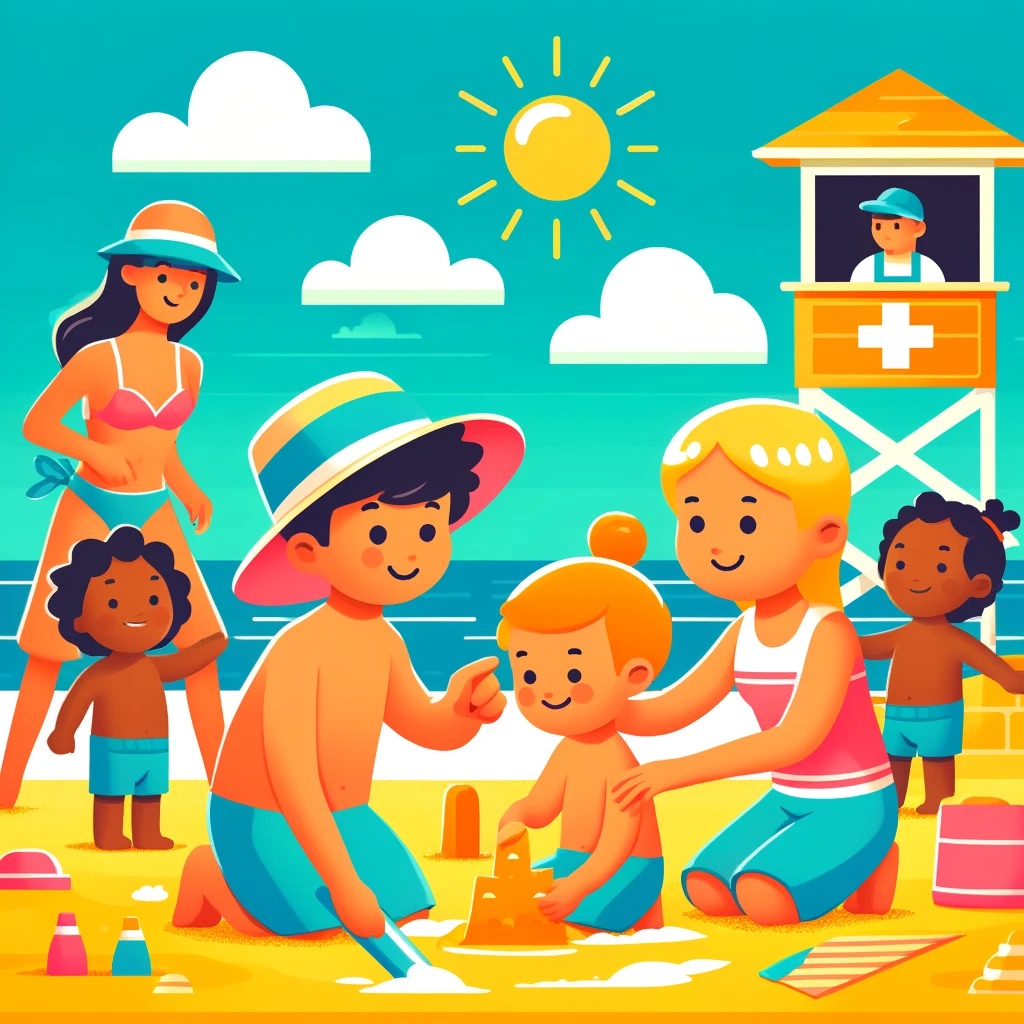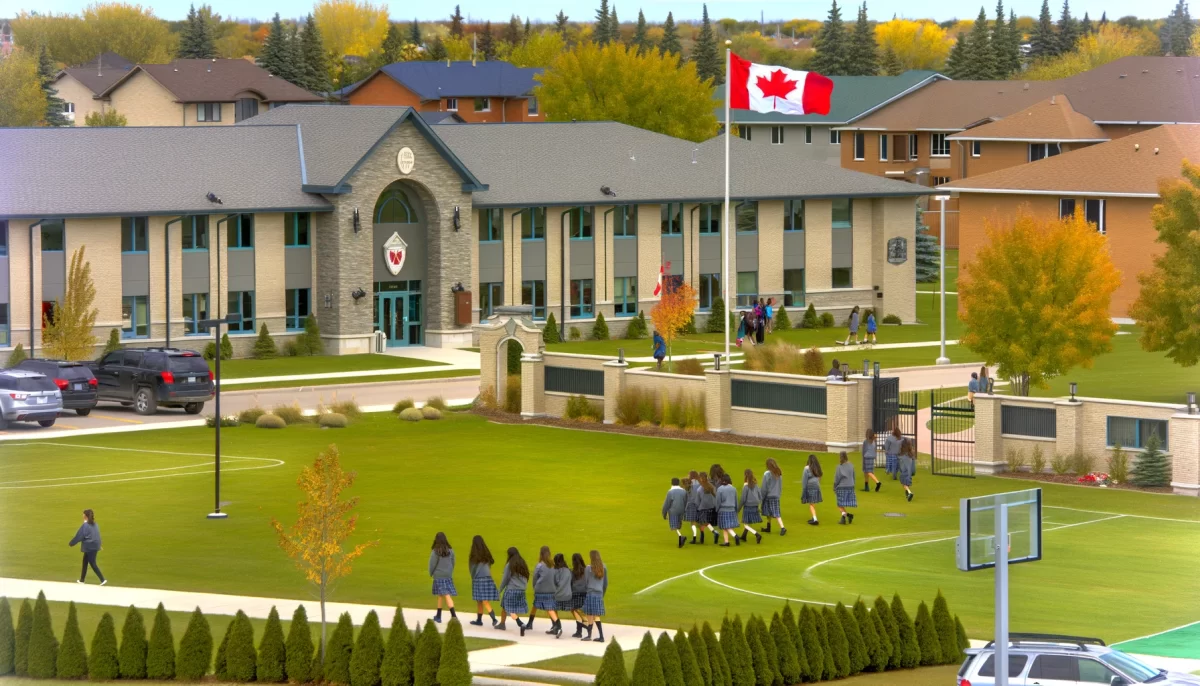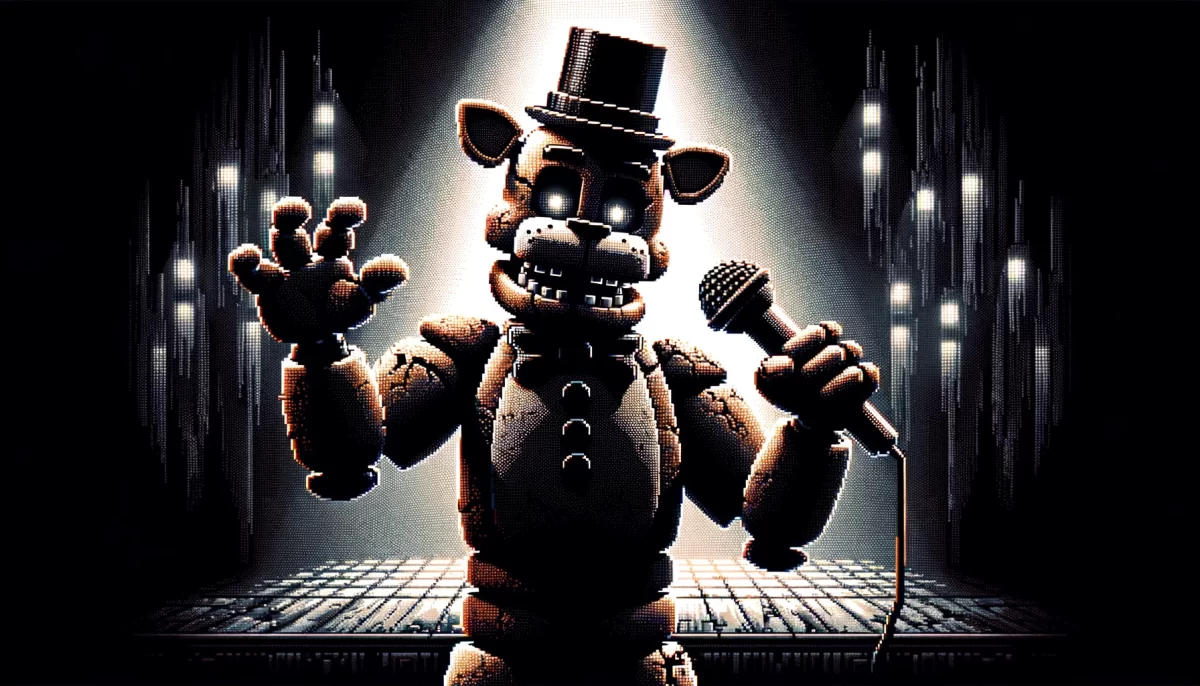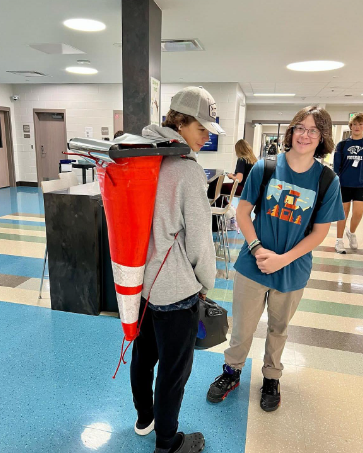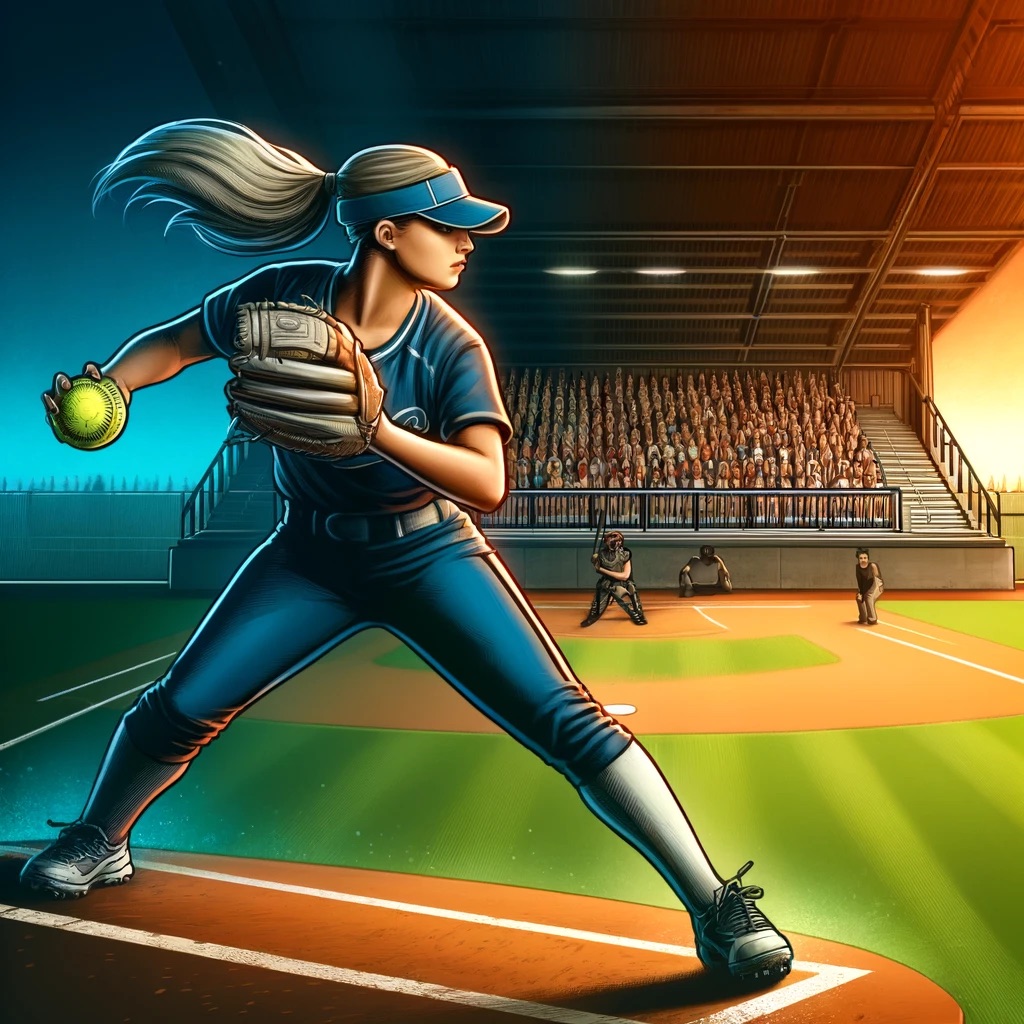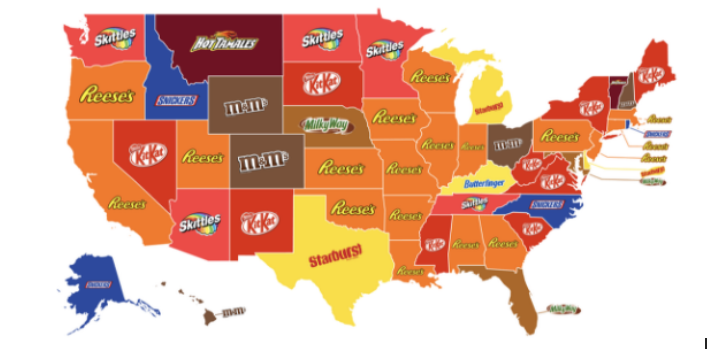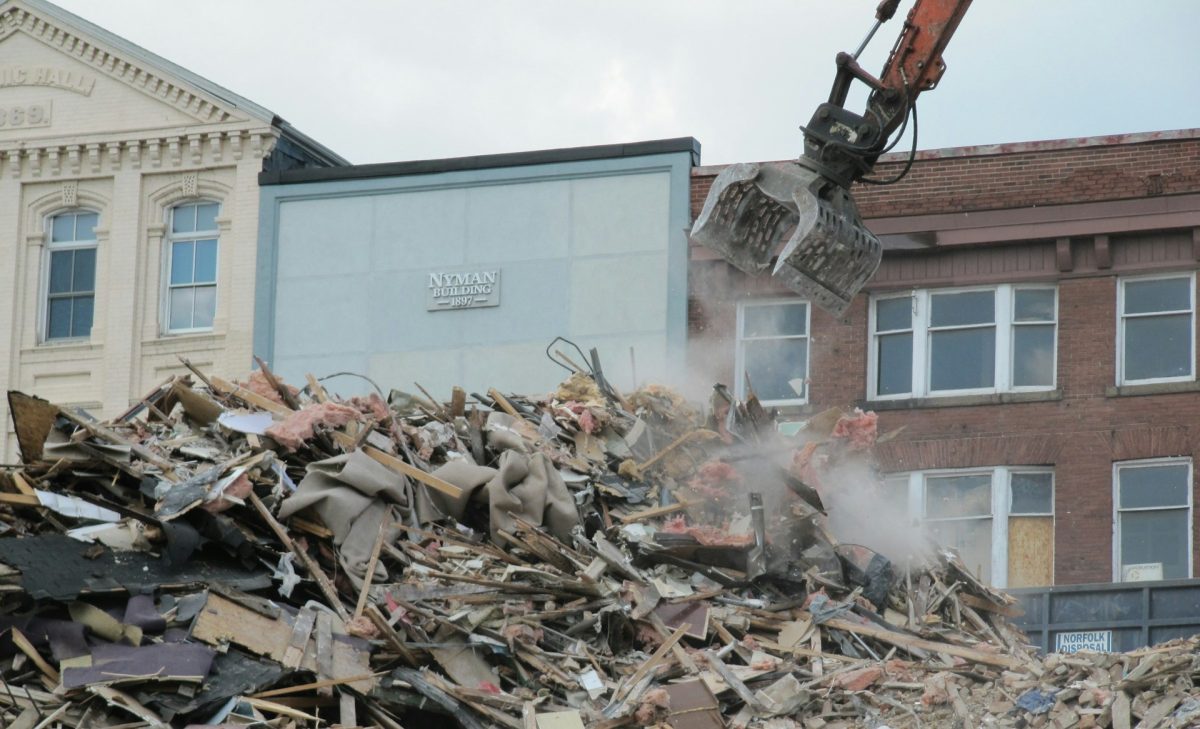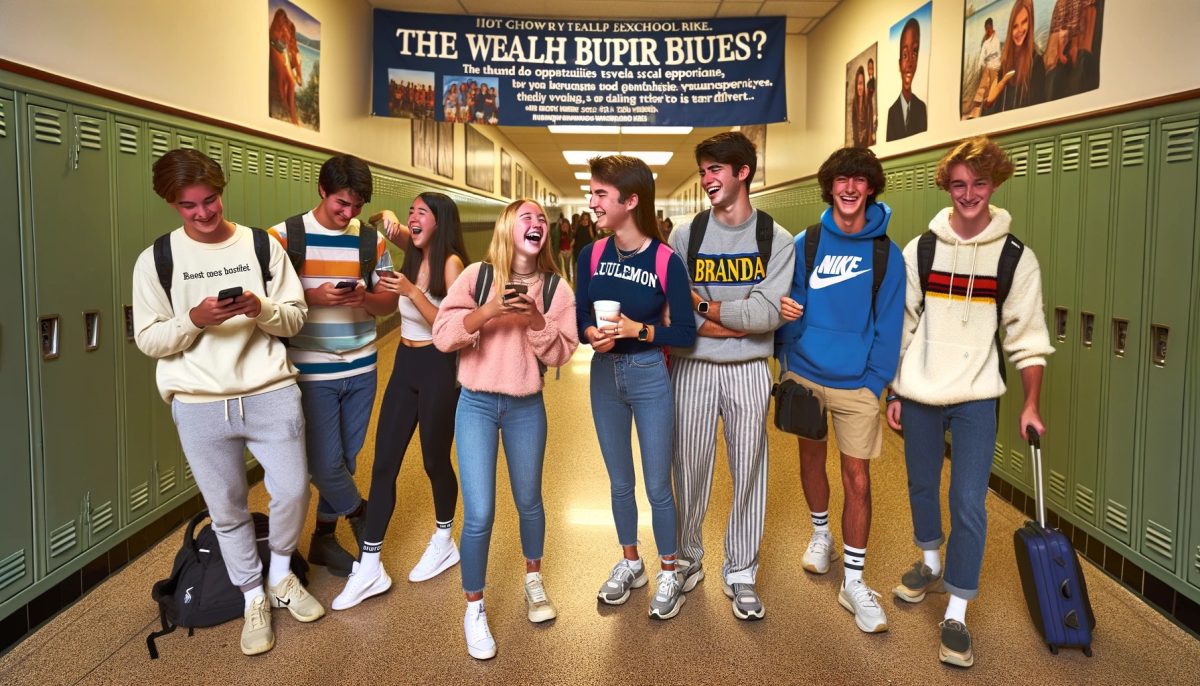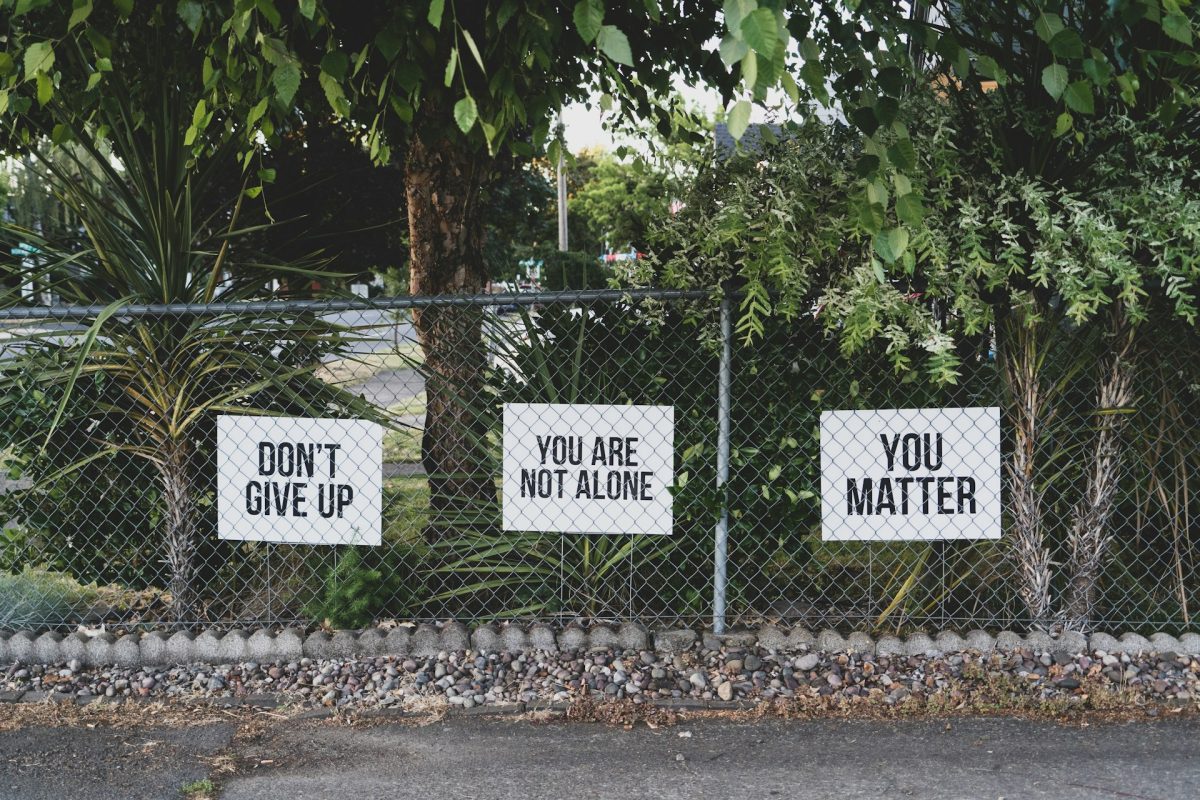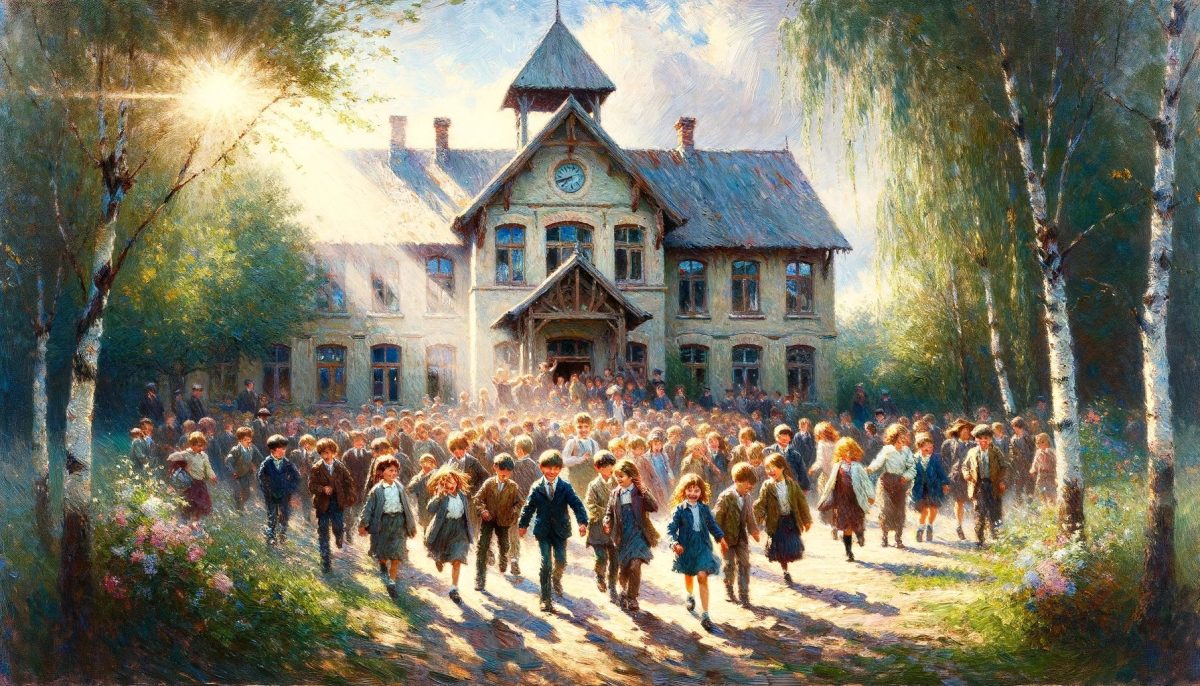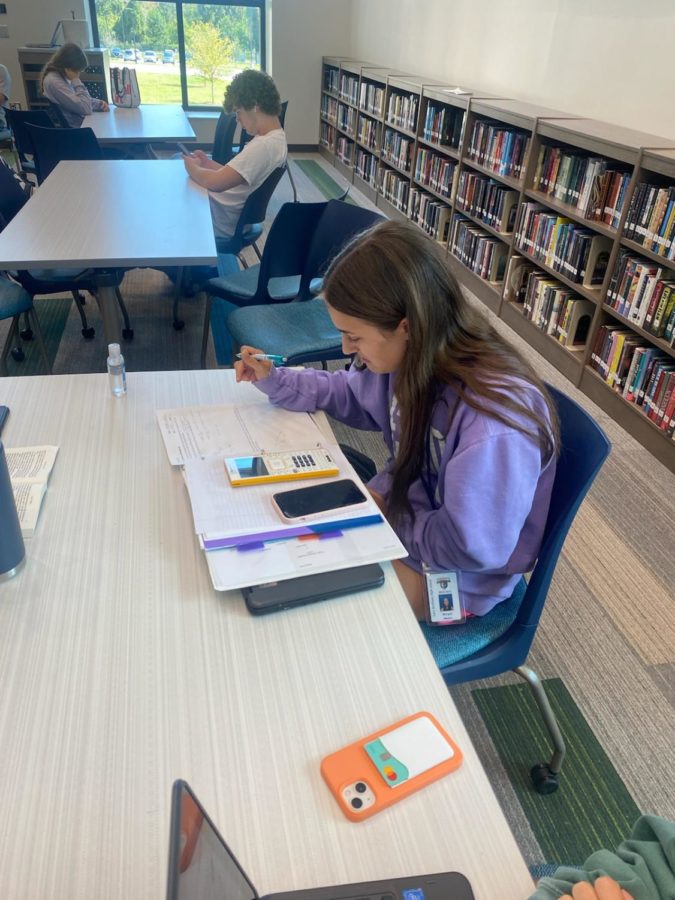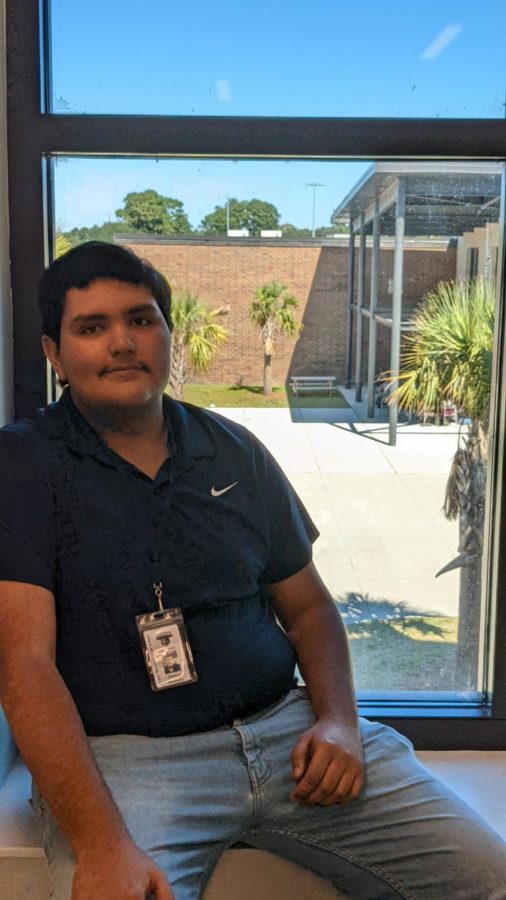America Is Failing It’s Children
February 7, 2023
America has laws that undermined the basic dignity of people, but not just any people: children. Although, it used to be much worse. Before the Supreme Court banned the death pentalty for minors in 2005, the southern state of Alabama had more children prosocuted than any other state or country. As saddening as this fact may be, there were a few people on the side of justice. One of them was an African American lawyer named Bryan Stevenson, who frequently took cases of juveniles in prison or on death row. Due to this fact, he spent alot of his time in prisons, which have always been places of much desolation and despair. At a very overwhelming point it Stevensons carrer, he was faced with a case that had many repercussions on how he thought of identity and the American justice system. He received a call from the grandmother of a fourteen year old boy named Charlie, who had recently been arrested for killing his mother’s boyfriend: a man named George who was a local police officer. The incident that led up to Georges death had been going on for over eighteen months; he would come home to Charlie and his mother drunk very often, and many arguments and fights sprouted from this. The last time George came home drunk was the time he punched Charlies mother, giving her a fatal cut on the back of her head as she fell hitting the metal counter in the family’s kitchen. As the young boy panicked for his mothers life, George retreated to his bedroom to sleep. After much time, Charlie had to enter the room to get the only phone in the house to call an ambulance. Whilst he went for the phone, he remembered about the gun they kept in the dresser. He shot George and was arrested after the ambulance showed up. Sadly for Charlie, the Supreme Court had just made it possible for children under 15 to be prosecuted as adults a year before. The prosecutor wanted to give Charlie the maximum legal punishment, due to George being so esteemed; the judge agreed.
Stevenson was hesitant about taking the case due to other cases he already had, but he promised Charlies grandmother that he would visit her grandson in jail. He showed up three days after the boy’s arrest. Stevenson was led to the room by the guards and he sat down across a child who looked “way too scared, way too small” to be fourteen. He started to ask Charlie if he was okay, but no matter how or how many times it was said, no response was given. He was very disconnected from the conversation and refused to make eye contact, so Stevenson sat next to him instead of across. Due to the lack of conversation, Stevenson was forced to say whatever came to mind in order to get some reaction; after a while, Charlie got less tense. He finally expressed his emotion as he started crying about how he had been sexually assulted in the jail by other inmates; he cried for over an hour and they never talked about the crime. That was the point when Stevenson decided to take on the case; he immediately requested to the sheriff that Charlie be moved to a single protected cell, to which he was moved to several hours later. Stevenson got the case moved to juvenile court, meaning that Charlie would likely only face a few years in prison and be released when he turned 18. Stevenson visitied him regularly and he soon recovered.
What Bryan Stevenson did for Charlie was look at his situation and give sympathy. But a question that has yet to be answered is how was this fourteen year old allowed to be put on death row in the first place? Why was any of this allowed? The people who put Charlie in the situation he was in were part of a system that valued the fortunate over the misfortunate. The rich are favored over the poor, white people over black people, men over women, and adults over children. As system such as this is blatantly corrupt Although, the faults of the American justice system is not entirely on itself; the citizens have a responsibility to each other to not let injustices pass, because ignoring problems is an active choice. People don’t want to talk about problems because then we must either alleviate them or face the guilt of knowing they are there and doing nothing. Because of this, the system continues to be the way it is, and people, sometimes children, continue to be put on death row. An important point was brought up by Stevenson in his Ted Talk: It is not “Do they deserve to die?” but “Do we deserve to kill?” The answer is no, since we as human people cannot replace a life once it has been taken. If we take into account that for every nine people killed on death row there is one found innocent and released, the systemic killing of human people is something that should never have been considered, especially if it is that unreliable.




